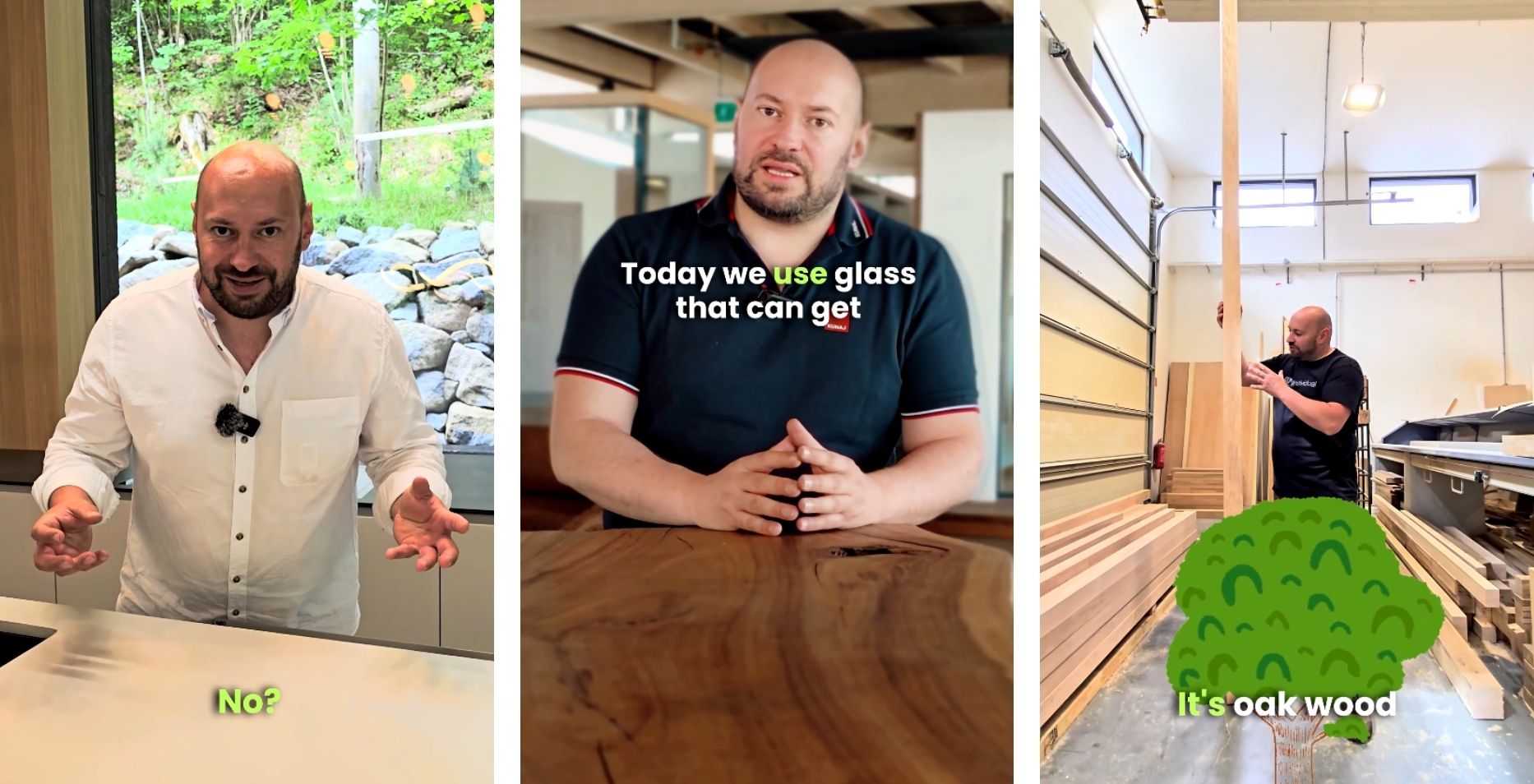Je to čas, kedy si kresťania pripomínajú zmŕtvychvstanie Ježiša Krista a jeho víťazstvo nad smrťou a hriechom. Na Slovensku je Veľká noc veľmi dôležitým sviatkom, ktorý sa slávi s veľkou radosťou a nadšením.
Tradične sa Veľká noc na Slovensku začína Veľkým piatkom, kedy sa kresťania pripravujú na sviatok a spomínajú na Ježišovu smrť na kríži. Na tento deň je typické, že sa konajú veľkonočné pobožnosti a kresťania sa zdržujú od mäsa a alkoholu.
Veľkonočná nedeľa je najdôležitejším dňom Veľkej noci a slávnostným vrcholom celého sviatku. Kresťania sa stretávajú s rodinami a priateľmi, navštevujú kostoly a slávia svoje víťazstvo nad smrťou a hriechom. Na Slovensku je tradíciou chodiť do kostola na rannú omšu, kde sa konajú veľkonočné obrady. Kresťania si vzájomne želajú "Kristus vstal z mŕtvych" a odpovedajú "Skutočne vstal!"
Okrem Veľkej noci sa na Slovensku slávi aj Veľkonočný pondelok, kedy sa konajú rôzne tradičné obyčaje. A to napríklad:
Farbenie vajíčok:

Farbenie vajíčok je starodávnym zvykom a má korene v mnohých kultúrach a náboženstvách. V kresťanskej tradícii sa farbené vajíčka považujú za symbol nového života a obnovenia. Farby, ktorými sú vajíčka ozdobené, majú tiež symbolický význam - napríklad červená farba symbolizuje krv Kristovu a zelená farba symbolizuje rast a obnovu.
Okrem kresťanskej tradície sa farbenie vajíčok vyskytuje aj v mnohých pohanských kultúrach. V starovekých civilizáciách sa vajcia farbili pri príležitosti jarného rovnodennosti ako symbol prebúdzajúcej sa prírody a obnovenia cyklu života.
Farbenie vajíčok sa na Veľkú noc stalo súčasťou tradičných zvykov a obradov a dodnes sa zachováva v mnohých krajinách na celom svete. Na Slovensku sa vajcia farbia napríklad cibuľovou šupkou, kávou alebo kurkumou. Farbené vajíčka sa potom darujú rodine, priateľom a susedom ako symbol obnovy a nového začiatku.
Šibanie korbáčom:

Tradícia šibačky na Veľkú noc s korbáčom je súčasťou slovenskej kultúry už niekoľko storočí. Existuje niekoľko teórií a vysvetlení, prečo sa táto tradícia na Slovensku stala takou populárnou a prečo sa práve dievčatá šibú.
Jedna z teórií hovorí o tom, že korbáč bol symbolom jarnej energie a obnovy. Šibanie dievčat korbáčom malo symbolizovať prebudenie a oživenie prírody po dlhej zime a zároveň mala slúžiť ako symbolický akt obnovenia sily a zdravia pre celú rodinu.
Iná teória hovorí o tom, že šibačka bola spôsobom, ako si muži overovali zdatnosť a silu, pretože korbáč bol v minulosti používaný ako nástroj na prácu aj na obranu. Šibačka teda mohla slúžiť aj ako test pre dievčatá, ktoré mali ukázať svoju odolnosť a vytrvalosť.
V súčasnosti sa tradícia šibačky na Veľkú noc s korbáčom na Slovensku stáva stále menej populárnou a často sa praktizuje iba v niektorých regiónoch. Pre niektorých ľudí je to však stále dôležitá súčasť slovenskej kultúry a tradície, ktorú chcú uchovať a preniesť aj na ďalšie generácie.
Oblievanie dievčat vodou:

Oblievanie dievčat vodou na Veľkú noc sa na Slovensku tiež praktizuje už niekoľko storočí.
Jedna z teórií hovorí o tom, že voda bola v minulosti symbolom života, čistoty a očisty. Oblievanie dievčat vodou tak mohlo slúžiť ako rituálne čistenie a očista pred začiatkom nového obdobia. Okrem toho mohlo oblievanie dievčat vodou slúžiť aj ako spôsob prebúdzania jarných prírodných síl.
Iná teória hovorí o tom, že oblievanie dievčat vodou bolo spôsobom, ako im vyjadriť lásku a zároveň sa im odmeniť za šibačku. Muži tak mohli dievčatám ukázať svoje city a zároveň sa mohli zabaviť a prejaviť svoju hravosť.
V súčasnosti sa tradícia oblievania dievčat vodou na Veľkú noc na Slovensku stáva stále menej populárnou a tak isto ako šibanie korbáčom sa často praktizuje iba v niektorých regiónoch. Je však dôležité robiť ti s rozumom a rešpektovať vôľu dievčat, ktoré nechcú byť oblievané.
Na Slovensku existuje mnoho tradičných zvykov a obradov spojených s Veľkou nocou. Niektoré z nich sú:
- Krátenie si slamy: Je to zvyk, kedy sa na Veľkú noc na stole alebo na oknách umiestni slama a potom sa ju v krátkych intervaloch skracuje. Tento zvyk má symbolizovať skrátenie zimy a príchod jari.
- Farbenie vajíčok: Tento zvyk spočíva v tom, že sa vajcia natierajú škrabaním, varením v cibuľových šupkách alebo farbením rôznymi farbami. Farbené vajcia sa potom darujú rodine, priateľom a susedom ako symbol obnovy a nového začiatku.
- Na mnohých miestach ľudia pomocou rapkania a klepania symbolicky vyháňali Judáša Iškariotského, ktorý Spasiteľa Ježiša Krista za tridsať strieborných zradil. Na Zelený štvrtok preto chlapci vybiehali s rapkáčmi a klapačkami po omši z kostola a zároveň volali: „Judáša naháňame, klekánie zvoníme, pritom sa modlíme.“ V niektorých oblastiach dokonca mávali ľudia tiež slamenú postavu Judáša.
- Veľkonočné raňajky: Po prvej Veľkonočnej omši sa tradične podávajú špeciálne raňajky, ktoré obsahujú klobásy, slaninu, vajcia a chlieb.
- Požehnanie jedla: Na Veľkonočnú nedeľu sa do kostola prináša kôš s jedlom - mäso, chlieb, vajcia, slaninu, klobásy, zeleninu a ovocie, aby bolo požehnané a potom sa podáva na Veľkonočné raňajky.

Tieto a ďalšie zvyky a tradície sa na Slovensku spájajú s Veľkou nocou a pomáhajú udržiavať kultúrnu identitu a posilňovať väzby medzi rodinami a komunitami.
































)%20(1).png)


































































